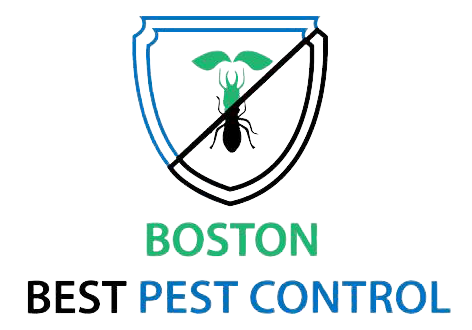(617) 319-8261 | Saugus, MA | 24/7
Signs You May Have Bed Bugs in Your Home
How to Tell If You Have Bed Bugs?
Discovering pests in your home can be unsettling, but when it comes to bed bugs, the situation can become particularly distressing. These tiny nocturnal insects are notorious for their ability to invade homes and disrupt peaceful sleep with their irritating bites.
While bed bugs are not associated with unsanitary conditions and can infest even the cleanest of spaces, early detection is crucial for effective eradication. In this blog, we'll explore the signs that may indicate you have bed bugs in your home, helping you take swift action to address the issue and restore comfort to your living space.
Unexplained Bites and Skin Reactions
One of the most common signs of a bed bug infestation is waking up with unexplained bites or skin reactions. Bed bug bites often appear in clusters or straight lines on exposed areas of your body, such as the arms, legs, neck, and face. These bites can cause itching, redness, and swelling, and they may take a few days to develop. It's important to note that not everyone reacts to bed bug bites, so you might not experience any symptoms even if you have an infestation.
Rusty or Dark Stains on Bedding
Bed bugs are nocturnal creatures that feed on blood, and they leave behind evidence of their presence. Look for small rust-colored or dark stains on your bedding, mattress, or pillowcases. These stains are actually fecal matter left behind after the bugs have fed. If you notice these stains, it's a clear indication that bed bugs have been feeding in your sleeping area.
Tiny Eggs and Shells
Bed bugs reproduce rapidly, and their eggs are difficult to spot due to their tiny size (about the size of a pinhead) and pale color. They are often laid in cracks, crevices, and fabric folds. Check your mattress seams, headboard, and other furniture for these tiny white or translucent eggs. Additionally, you might come across discarded bed bug shells, which are the exoskeletons the bugs shed as they grow.
Musty Odor
Bed bugs release a distinct, musty odor that can become noticeable in an infested area. If you detect an unusual smell, particularly near your sleeping area, it could be a sign that bed bugs are present. This odor is often described as sweet or sickly.
Visible Bed Bugs
While bed bugs are excellent at hiding, you might spot them if you look closely. Adult bed bugs are about the size of an apple seed, with an oval shape and reddish-brown color. They have six legs and two antennae, giving them a distinctive appearance. Check your mattress seams, headboard, and other furniture for any signs of these insects.
Blood Stains on Sheets or Clothing
After feeding, bed bugs may get crushed or injured, leaving behind small blood stains on your sheets, pillowcases, or clothing. If you notice these reddish-brown stains, it's a clear indication that bed bugs have been feeding nearby.
Reddish-Brown Spots on Walls or Furniture
As bed bugs move around, they can leave behind small reddish-brown spots on walls, furniture, and other surfaces. These spots are a combination of their excrement and your blood. If you see these spots, it's a sign that bed bugs are active in the area.
Unusual Clusters of Bites on Travel or Personal Items
Bed bugs are excellent hitchhikers and can easily travel on luggage, clothing, and other personal items. If you've recently traveled or brought secondhand furniture into your home, and you notice unusual clusters of bites on your body, it's possible that bed bugs have been introduced to your space.
Finding Bugs in Unusual Places
Bed bugs can hide in unexpected places, such as electrical outlets, picture frames, and behind loose wallpaper. If you find bugs in these areas, it's a strong indication of an infestation.
Molted Skins and Eggshells
Bed bugs go through multiple stages of development, shedding their exoskeletons as they grow. These discarded skins, along with eggshells, can be found near their hiding spots.
Taking Action
If you suspect a bed bug infestation in your home, it's important to take action promptly. Bed bugs are notoriously difficult to eliminate without professional help, as they can hide in tiny cracks and crevices. Contact a licensed pest control professional who specializes in bed bug extermination. Professional treatments often involve a combination of chemical and non-chemical methods to effectively eliminate the infestation.
In the meantime, avoid moving items from the infested area to prevent spreading the bugs further. Wash and dry bedding, linens, and clothing on high heat to kill any bed bugs or eggs present. Vacuum thoroughly and frequently, paying close attention to seams, folds, and cracks.
Remember, early detection and swift action are key to successfully eliminating a bed bug infestation. Don't let these unwelcome guests disrupt your peace – take control of the situation and restore comfort to your home.
